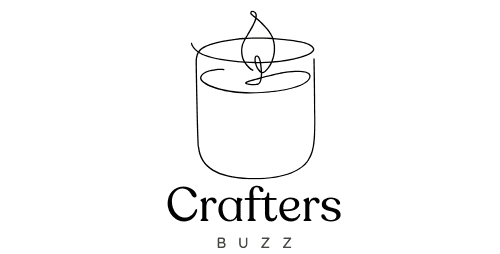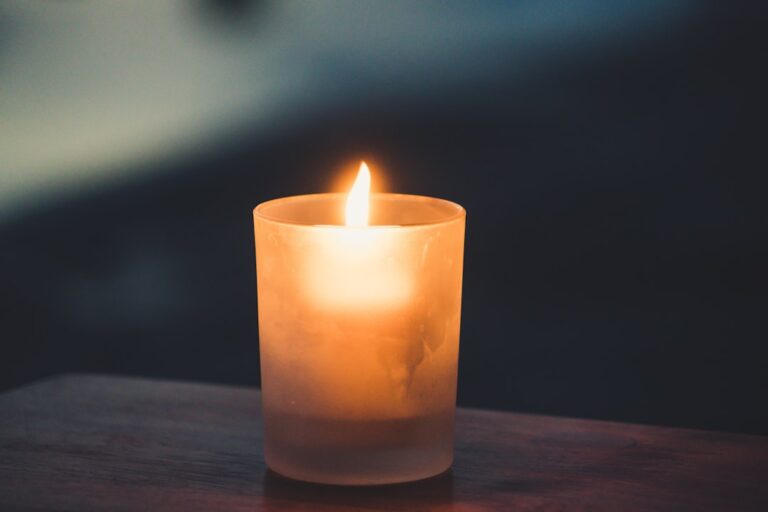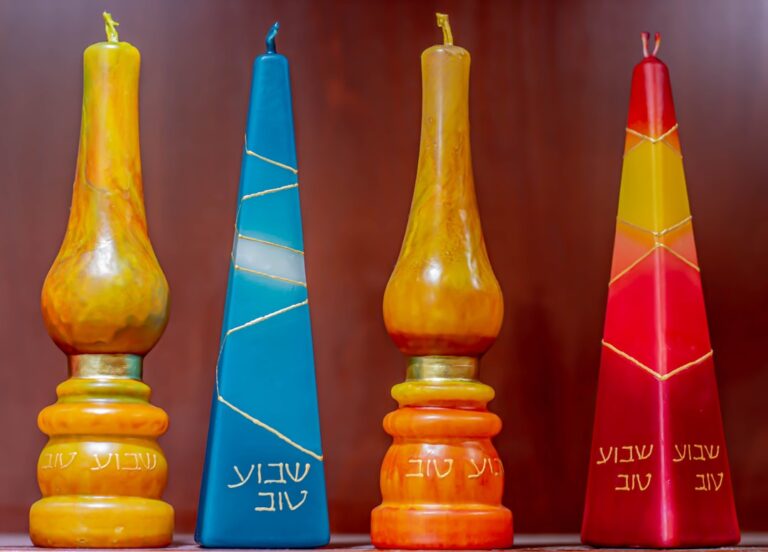Guidelines for safely disposing of used candles and wax.
Candles have long been cherished for their ability to create ambiance, provide light, and even serve as a source of fragrance in our homes. However, as with many consumable products, the question of what to do with used candles arises once they have served their purpose. The disposal of candles is not merely a matter of tossing them in the trash; it involves understanding the materials involved, the potential environmental impact, and the best practices for responsible disposal.
With the growing awareness of sustainability and environmental responsibility, it is essential to explore the various methods of candle disposal that minimize waste and promote recycling. The wax, wicks, and containers that make up a candle can vary significantly in composition. Traditional paraffin wax, derived from petroleum, is commonly used, but there are also natural alternatives such as soy wax, beeswax, and palm wax.
Each type of wax has its own disposal considerations. Additionally, many candles come in glass or metal containers that can be reused or recycled. Understanding these components is crucial for determining the most appropriate disposal method.
This article will delve into the proper storage of used candles, recycling options, safe disposal methods, and alternative uses for leftover wax, all while emphasizing the importance of environmentally conscious practices.
Proper Storage of Used Candles
Before considering disposal options, it is important to address the proper storage of used candles. Many people may not realize that storing candles correctly can extend their life and usability. Candles should be kept in a cool, dry place away from direct sunlight.
Exposure to heat and light can cause the wax to melt or discolor, diminishing its aesthetic appeal and fragrance. Ideally, candles should be stored upright to prevent any warping or damage to their shape. If a candle has a lid, it is advisable to keep it covered to protect it from dust and debris.
For those who have multiple candles, organizing them can also enhance their longevity. Using a dedicated storage box or container can help keep them safe from accidental breakage or melting. It is also beneficial to separate scented candles from unscented ones to prevent cross-contamination of fragrances.
By taking these simple steps in storage, individuals can ensure that their used candles remain in good condition for future use or for recycling purposes.
Recycling Options for Used Candles and Wax
Recycling used candles and wax is an excellent way to reduce waste and promote sustainability. Many communities have begun to recognize the value of recycling candle materials, leading to the establishment of programs specifically designed for this purpose. For instance, some local recycling centers accept candle wax as part of their broader recycling initiatives.
However, it is essential to check with local facilities to determine if they have specific guidelines regarding candle recycling. In addition to municipal recycling programs, there are also specialized companies that focus on recycling candle materials. These organizations often collect used candles and repurpose the wax into new products.
For example, some companies melt down the wax and create new candles or other wax-based items such as crayons or wax melts. This not only diverts waste from landfills but also supports a circular economy where materials are reused rather than discarded. Individuals interested in recycling their used candles should research local options and consider reaching out to these specialized companies for guidance on how to participate in candle recycling initiatives.
Safe Methods for Disposing of Candle Wax
When it comes to disposing of candle wax that cannot be recycled or reused, safety should be a top priority. One common method is to allow the remaining wax in a candle holder to solidify before removing it. Once solidified, the wax can be carefully scraped out using a spoon or a similar tool.
It is important to ensure that the candle holder is made of a material that can withstand heat if any residual wax needs to be melted slightly for easier removal. Another safe method involves repurposing leftover wax by creating new candles. This can be done by melting down the leftover wax from various used candles and pouring it into a new container with a wick.
This not only reduces waste but also allows individuals to create custom candles with unique blends of scents and colors. If melting down wax at home, it is crucial to do so in a well-ventilated area and to use appropriate heat sources to avoid any fire hazards.
Environmental Impact of Improper Candle Disposal
The environmental impact of improper candle disposal cannot be overstated. When candles are disposed of in landfills, they contribute to the growing problem of waste accumulation. Paraffin wax, which is derived from petroleum, does not biodegrade easily and can take years to break down in landfill conditions.
Additionally, when candles are burned improperly or disposed of carelessly, they can release harmful chemicals into the air and soil. Moreover, many candle containers are made from glass or metal that can be recycled but often end up in landfills due to improper disposal practices. The production of new glass or metal products requires significant energy and resources; thus, recycling these materials helps conserve energy and reduces greenhouse gas emissions associated with manufacturing processes.
By understanding the environmental consequences of improper candle disposal, individuals can make more informed choices about how they handle their used candles.
Local Regulations and Guidelines for Candle Disposal
Local regulations regarding candle disposal can vary widely depending on geographic location and municipal policies. Some areas may have specific guidelines for disposing of hazardous materials, which could include certain types of candle wax or additives used in scented candles. It is essential for individuals to familiarize themselves with local waste management policies to ensure compliance with regulations.
Many municipalities provide resources online where residents can find information about proper disposal methods for various household items, including candles. Some areas may offer designated drop-off locations for hazardous waste or special collection days for items that cannot be disposed of through regular trash services. Engaging with local waste management authorities can provide clarity on how best to dispose of used candles while adhering to community guidelines.
Alternative Uses for Used Candle Wax
Instead of discarding leftover candle wax, there are numerous creative ways to repurpose it. One popular alternative use is creating fire starters for outdoor activities such as camping or grilling. By combining leftover wax with natural materials like sawdust or dryer lint, individuals can create effective fire starters that ignite easily and burn for an extended period.
Another innovative use for leftover wax is making homemade lip balm or lotion bars. By melting down the wax and combining it with oils such as coconut oil or shea butter, individuals can create nourishing skincare products that are free from synthetic additives. This not only reduces waste but also allows for customization based on personal preferences regarding scents and ingredients.
Additionally, leftover wax can be used in craft projects such as making crayon-like art supplies by mixing it with pigments or dyes. This approach not only recycles the wax but also provides an opportunity for creative expression through art-making activities.
Conclusion and Summary of Candle Disposal Guidelines
In summary, responsible candle disposal involves understanding the various components of candles and their potential environmental impact. Proper storage techniques can extend the life of used candles while ensuring they remain in good condition for future use or recycling efforts. Recycling options are available through local programs and specialized companies that focus on repurposing candle materials.
Safe methods for disposing of candle wax include scraping out solidified remnants or melting them down for reuse in new candles or other projects. Awareness of local regulations regarding candle disposal is crucial for compliance with community guidelines and minimizing environmental harm. Finally, exploring alternative uses for leftover candle wax opens up creative possibilities while reducing waste.
By adopting these practices, individuals can contribute positively to sustainability efforts while enjoying the benefits that candles bring into their lives.
If you are interested in learning more about candle making, you may want to check out this article on using dyes and pigments for candle coloring. This article provides valuable information on how to add color to your candles in a safe and effective way. It is a great resource for anyone looking to enhance their candle making skills.
FAQs
What are the guidelines for safely disposing of used candles and wax?
The guidelines for safely disposing of used candles and wax include allowing the wax to cool and harden before disposal, scraping out any remaining wax from the container, and recycling or reusing the container if possible.
Can used candles and wax be recycled?
Yes, used candles and wax can be recycled. Many recycling centers accept wax for recycling, and some companies offer candle recycling programs.
How should I dispose of leftover candle wax?
Leftover candle wax can be disposed of in the regular trash once it has cooled and hardened. It is important to check local regulations, as some areas may have specific guidelines for wax disposal.
Are there any environmentally friendly ways to dispose of used candles and wax?
Yes, there are environmentally friendly ways to dispose of used candles and wax. This includes recycling the wax, reusing the containers, or using the leftover wax for other purposes such as making new candles or fire starters.
What should I do with candle containers after the wax has been used up?
After the wax has been used up, candle containers can be cleaned and reused for storage or other purposes. If the container is not reusable, it can be recycled if it is made of glass or metal.
















